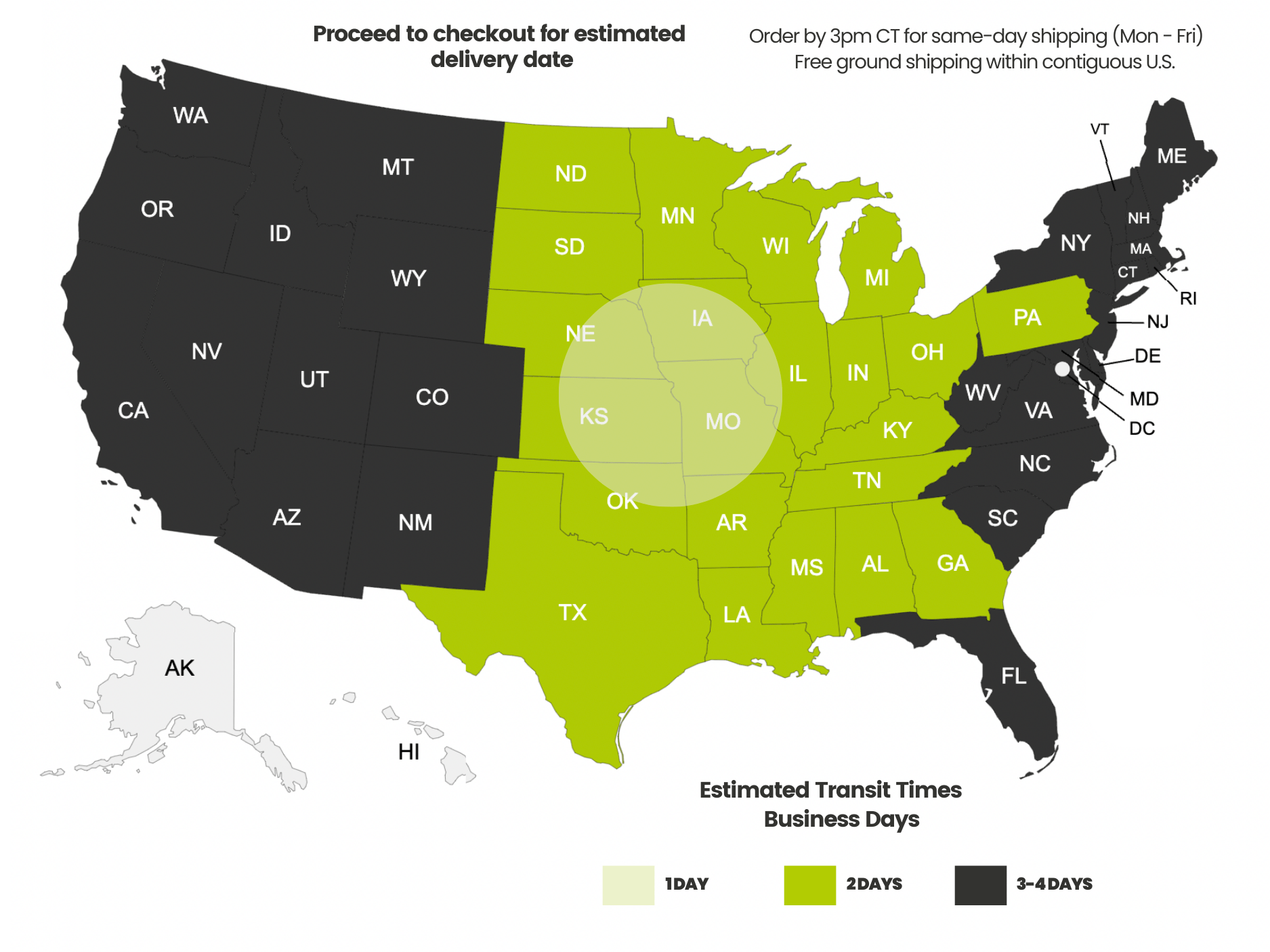Payment methods accepted

Facts About Ethernet Cable Jacket Ratings
Written by Don Schultz, trueCABLE Senior Technical Advisor, Fluke Networks Copper/Fiber CCTT, BICSI INST1, INSTC, INSTF Certified
An Ethernet data cable has an outer sheath protecting the interior wires called a jacket. This jacket can come in many variations designed for different applications. The choice of cable jacket affects the durability and reliability of the cable depending on the installation environment. The jacket must also be carefully chosen to meet strict fire safety regulations. All jacket types are borne from the National Electric Code (NEC) which was published by the National Fire Protection Agency, and happens to be 600 pages long and potentially confusing. To help you, allow us to share the most important facts about Ethernet cable jacket ratings.
Key Terms and Acronyms You Should Know
When working with Ethernet cables, understanding the terminology is essential. Cable jacket ratings, materials, and installation guidelines are often described using specific terms and acronyms. These terms highlight critical factors like fire safety, installation environments, and material properties, while the acronyms reflect National Electric Code (NEC) standards for cable types.
Below, you’ll find an explanation of important terms and acronyms that will help you navigate the different types of Ethernet cable jackets and their applications.
General Terms
HVAC (Heating, Ventilation, and Air Conditioning)
HVAC refers to the systems responsible for circulating air within a building to maintain temperature, air quality, and comfort. These systems often include plenum spaces and air ducts, which are commonly used for running Ethernet cables. However, cables in these areas must meet strict fire safety standards to prevent toxic smoke from spreading during a fire.
Plenum
A plenum is an air-handling space within a building, such as the area above a dropped ceiling or below a raised floor. These spaces are often part of the HVAC system and are used for circulating air. Because they can quickly spread fire and smoke, cables installed in plenum spaces require a CMP (Plenum) rating to ensure minimal smoke production and fire resistance.
Riser
A riser refers to vertical spaces within a building, such as walls or shafts, that connect different floors. While riser spaces are less fire-prone than plenum spaces, they still require cables with a CMR (Riser) rating, which provides fire resistance but may produce toxic smoke if burned.
PVC (Polyvinyl Chloride)
PVC is a durable and cost-effective material used in the majority of Ethernet cable jackets. While it provides basic protection, untreated PVC is highly flammable and emits toxic smoke when burned. Special treatments are required for PVC to meet plenum or riser fire safety standards.
LLDPE (Linear Low-Density Polyethylene)
LLDPE is a material commonly used for outdoor Ethernet cable jackets due to its resistance to water, UV radiation, and physical wear. Unlike PVC, LLDPE is not fire-resistant, making it unsuitable for indoor installations. However, it is ideal for outdoor environments where exposure to sunlight and weather is a concern.
Common Acronyms Defined
The NEC defines several key acronyms for Ethernet cable jacket ratings, each specifying where and how the cable can be used. Here’s what you need to know:
CMP (Communications, Plenum)
Can be installed in any space, including plenum spaces. CMP cables are made with materials like FEP, which resist fire and emit very little smoke.
CATVP (Cable TV Plenum)
Designed specifically for plenum spaces in TV and video installations.
CL3P (Class 3 Plenum)
For in-wall installations in plenum, riser, and general spaces where higher voltage may be present.
CL2P (Class 2 Plenum)
For in-wall installations in plenum, riser, and general spaces with lower voltage requirements.
CMR (Communications, Riser)
Suitable for vertical runs between floors. CMR cables are fire-resistant but not safe for plenum spaces.
CATVR (Cable TV, Riser)
Used for vertical runs in TV and video installations.
CL3R (Class 3, Riser)
For in-wall installations in riser and non-riser spaces with higher voltage.
CL2R (Class 2, Riser)
For in-wall installations in riser and non-riser spaces with lower voltage.
CM or CMG (Communications, General)
For general indoor use in non-critical areas. CM cables lack the fire resistance of plenum and riser-rated cables.
CATV (Cable TV)
Used for general TV and video installations.
CL3 (Class 3)
For in-wall installations in non-riser, non-plenum spaces with higher voltage.
CL2 (Class 2)
For in-wall installations in non-riser, non-plenum spaces with lower voltage.
CMX (Communications, Outdoor/Residential)
Designed for outdoor or residential use. CMX cables are resistant to UV light and water but do not meet fire safety standards for indoor installations.
CATVX (Cable TV, Residential)
Used for TV and video installations in residential environments.
CL3X (Class 3, Residential)
For in-wall installations in non-riser, non-plenum residential spaces with higher voltage.
CL2X (Class 2, Residential)
For in-wall installations in non-riser, non-plenum residential spaces with lower voltage.
Most Common Types of Ethernet Cable Jacket Ratings
A network data cable installer is likely to use CM, CMP, CMR, or CMX type jackets. The outer jacket material has no bearing on whether the cable is Cat5e or Cat6 or anything INSIDE the cable. In fact, the outer jacket material has no bearing on whether we are talking about Ethernet data cable or cable TV cable jacket types. If you’re interested in jackets for fiber optic cables, check out Fiber Optic Cable: Jacket & Fire Rating - What Are The Differences?
Plenum Rated (CMP Cable)
Inside a commercial building (this can mean office, school, hotel, motel, and more) the construction contractor installed a HVAC system inside the Plenum. The Plenum area is a likely spot for installing cabling. As convenient as this is, it brings special considerations related to fire and toxic smoke.
- The Plenum area is a great way to channel a fire and resultant smoke from one spot to the next in a building, and quickly.
- PVC cable, without a Plenum rating, will aid in spreading a fire and the resultant highly toxic smoke will end up invading the common living/working spaces which will cause anything from immediate fatality to long term health issues.
Given the critical nature of fire protection, a Plenum cable performance rating was established. Commonly, Plenum cable is constructed from FEP (fluorinated ethylene propylene). FEP is essentially a plasticized Teflon. FEP emits little smoke when burning and is low toxicity.
Plenum cable is more expensive than non-Plenum cable. Ultimately, the decision won’t be the installer’s to make. Local fire codes, insurance requirements, or even customer requirements will dictate if Plenum must be used. Regardless, NEVER use plain PVC cable in a Plenum space. CMP cable can be installed in all indoor spaces but the per-foot cost involved typically prohibits this.
Riser Rated (CMR Cable)
Riser rated cable is PVC. Riser rated cable is suitable for use inside walls and runs vertically between floors. Typically, the fire resistance is due to a Teflon coating on the cable or strands of fibers baked into the jacket that limit the ability of the cable to carry a flame. If the cable should actually burn, the resultant smoke and fumes are toxic. Riser rated cable is the most common jacket type found on the market and is much lower in cost. CMR cable may be used in any part of your structure EXCEPT the Plenum.
General Use (CM/CMG Cable)
CM cable is again PVC, but this time without any added fire protection. This cable will burn just like any untreated plastic and will emit toxic smoke and fumes.
For commercial applications, CM rated cable is suitable for making connections inside a single room such as ready-made patch cables from the wall to a computer. Secondarily, it may be used in exposed horizontal metallic cable trays that do not invade the plenum space. Given its relatively restricted use in commercial structures, this cable jacket type is seldom seen in this application. Riser and plenum rated jackets are typically used due to legal, insurance, or contractual obligations.
For residential applications, CM rated cable may be used anywhere in the interior of the structure, but may not be any more cost effective than riser rated. trueCABLE recommends that riser rated Ethernet cable be used for interior-only installations, due to the extra degree of fire protection.
Outdoor (CMX Cable)
CMX rated Ethernet cable is designed primarily for outdoor use, such as open-air or even direct burial. Given that CMX rated jackets are not fire rated, but are UV rated, there are different rules governing where and how it can be installed.
In commercial applications CMX rated Ethernet cable installed outside may run inside up to 50 feet prior to termination per NEC Article 800.113. CMX may be used outside the commercial structure with no restrictions.
In residential applications the NEC Article 800.113 allows for CMX rated Ethernet cable to be used as indoor/outdoor cable without restriction assuming the following rules are obeyed:
- The cable OD (overall diameter) does not exceed 0.25”
- The structure is limited to a single family or duplex dwelling
Please note that riser rated Ethernet jacket is still preferable if the runs are indoor only. The reasoning is that riser rated jackets are often less expensive, a bit easier to terminate due to thickness, and have some degree of fire protection built in.
CMX rated cable does not use PVC for the outer jacket, but instead typically uses LLDPE (Linear Low Density Polyethylene). LLDPE is UV Resistant and weather proof in nature. Additional cable construction (inside) may make this cable type suitable for direct burial as well. CMX cable can be expensive due to how the cable is constructed, but not as expensive as Plenum rated cable.
| Jacket Type | Jacket Material | Fire-Rated | UV Resistant | Water Resistant | Relative Cost |
|---|---|---|---|---|---|
| CMP | FEP | ✔ | ✘ | ✘ | Highest |
| CMX | LLDPE | ✘* | ✔ | ✔ | Higher |
| CMR | Amended PVC | ✔ | ✘ | ✘ | Lower |
| CM | PVC | ✘ | ✘ | ✘ | Lowest |
How to Choose the Right Ethernet Cable Jacket
It’s important to make good choices and to put the right cable in the right place. If you install either CMR or CMP cable outdoors, the jacket will begin to degrade immediately and will fail in a matter of months. Patch cables made with CM jackets are not suitable for permanent installation within structures due to the lack of a fire rating. CMX cable can withstand moisture, sunlight, and mild abrasion, but normally should not be installed indoors. Doing so risks the safety of occupants in the case of a fire, and is a violation of the NEC. Plenum cable may be installed everywhere that riser cable can be, but riser cable is less expensive. Riser cable must never be installed in plenum spaces.
| Application | Plenum (CMP) | Riser (CMR) | General (CM) | Outdoor (CMX) |
|---|---|---|---|---|
| Plenum Spaces in Commercial Structures | ✔ | ✘ | ✘ | ✘ |
| In Wall / Between Floors in Commercial Structures | ✔ | ✔ | ✘ | ✘ |
| Patch Cables | ✔ | ✔ | ✔ | ✘ |
| Outdoor / Direct Burial | ✘ | ✘ | ✘ | ✔ |
| Residential | ✔ | ✔ | ✔ | ✔ |
Conclusion
Hopefully this article about Ethernet cable jacket ratings clarifies the different Ethernet data cable jacket types you are likely to see for sale and what is the right jacket for the job at hand. Now you know that “CMX vs. CMR vs. CMP” is describing differences in fire safety standards. Generally, unless you are heading up into the plenum space or installing cabling outdoors, Riser Rated cable will provide a degree of safety and good value.
trueCABLE has a wealth of resources to ensure a proper installation. Poorly manufactured cable jackets can leave your network exposed to moisture, heat, and other weather conditions. Visit our extensive Cable Academy to understand essential aspects of installation, including cable jacket ratings, terminations, ethernet types, and whether to use a riser vs. plenum cable. Our comprehensive library of over 200 blogs and articles on Ethernet and fiber optic technologies empowers you with the knowledge to select quality Ethernet equipment you can depend on.
HAPPY NETWORKING!
trueCABLE presents the information on our website, including the “Cable Academy” blog and live chat support, as a service to our customers and other visitors to our website subject to our website terms and conditions. While the information on this website is about data networking and electrical issues, it is not professional advice and any reliance on such material is at your own risk.




























I need to install ethernet cable which will only have about 5 feet running up an outside wall. The cable would never be in direct sunlight, though I know the UV rays can still bounce around. The rest of the installation will be in the attic. Would it be better to use CMX cable throughout, or to use CMR and put the short outdoor run in a conduit (such as exterior split flex conduit)? Thanks!
Hello and great question. I understand the dilemma. I would suggest CMR and use conduit outside to protect that 5ft. It will be an easier install for you. The CMX stuff is great, but the cable jacket is super tough and not as flexible as the CMR.
Thank you!
This is a very helpful article that clarified details for me. Thank you! Now I need to buy some CMR and CMP rated cable.